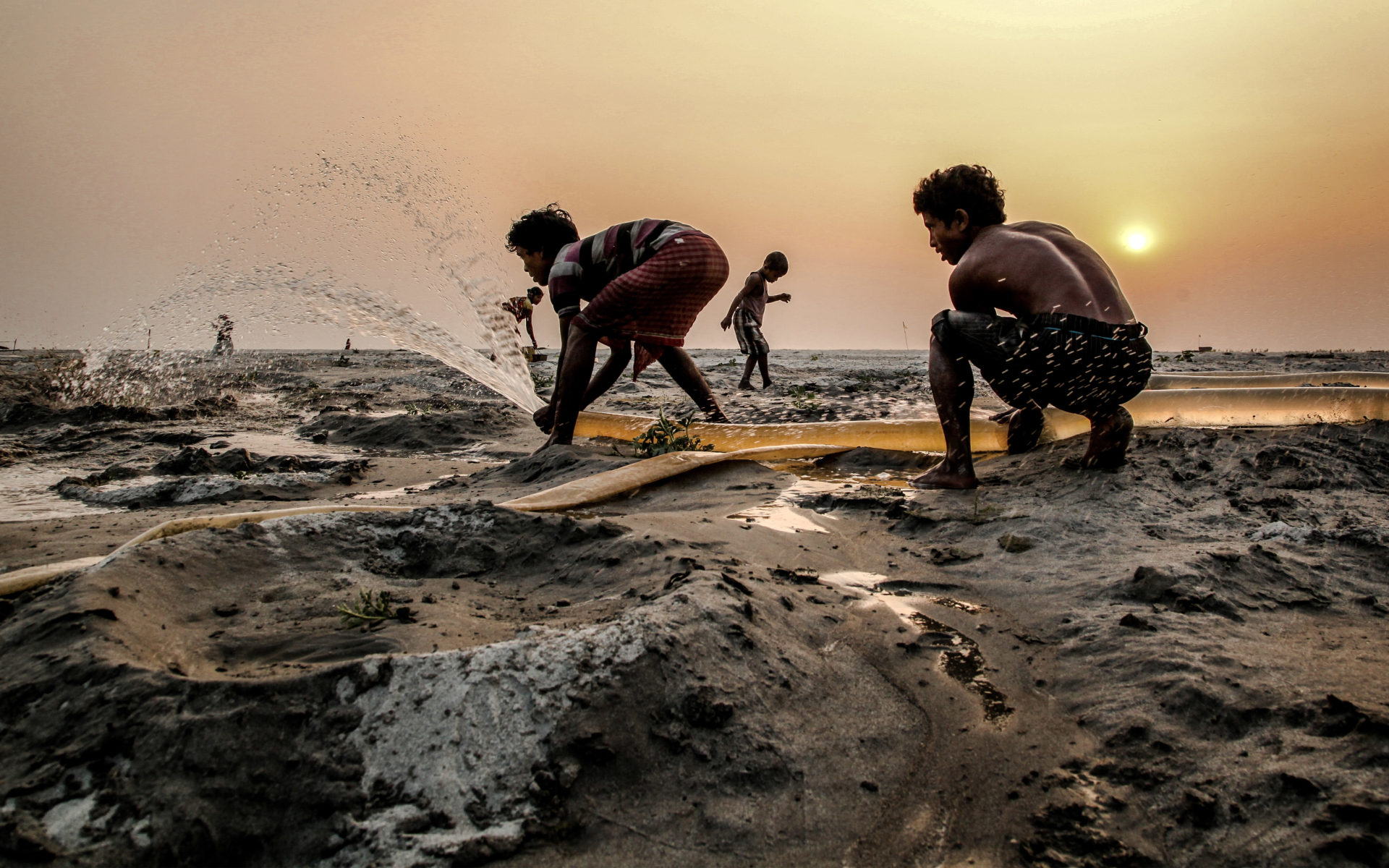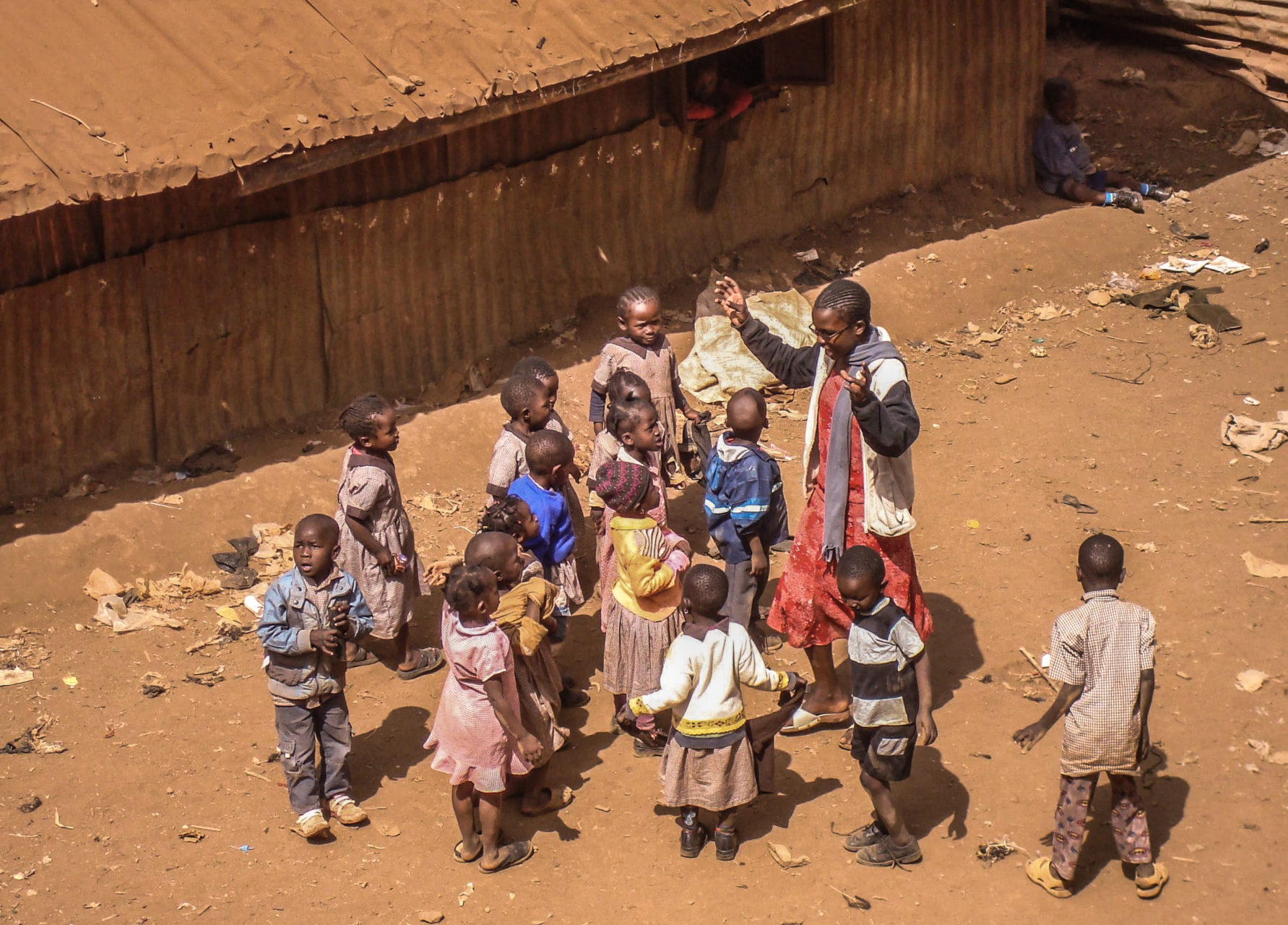The UN estimates that it will cost $3.9 trillion per year to achieve the SDGs in developing countries. Yet, current levels of public and private investment in these countries totals $1.4 trillion annually, which means that $2.5 trillion in additional investment is required to achieve the SDGs by 2030. In recent years, development finance has emerged as a key complement to official development assistance to tackle global poverty and close this $2.5 trillion annual funding gap.

What is Development Finance?
Development finance, broadly defined, is the use of public sector funds to facilitate private-sector investment in countries where the commercial or political risks are too high to attract private investment. Development finance mechanisms offer the opportunity to tap into more than $200 trillion in private capital invested in global financial markets, and to do so in more efficient and scalable ways. Development finance leverages the private sector as a means of fighting global poverty while advancing U.S. national security interests and enabling American businesses and entrepreneurs to capitalize on opportunities in developing countries.
Domestic Resource Mobilization (DRM) — the process through which countries raise and spend their own funds to provide for their people – is the long-term path to sustainable development finance. DRM not only provides governments with the funds needed to alleviate poverty and deliver public services, but is also a critical step on the path out of aid dependence. The U.S. government is committed to substantially increase DRM spending to strengthen tax systems, mobilize public revenues, and take greater leadership in financing their own development. USAID currently spends approximately $20 million per year on DRM assistance in over 15 countries.
Key Legislation
The BUILD Act of 2018 Signed into law in 2018, The BUILD Act will leverage U.S. government capabilities to back small businesses and organizations who work in developing, fragile, and emerging markets. This act creates a Development Finance Corporation to mitigate risky investments by merging existing private investing partners into one corporation. The Development Finance Corporation provides beneficiaries with increased opportunity to partner with the U.S., a more stable, mutually beneficial, and ethical investment compared with such alternatives as China and Russia. In the 116th Congress it will be important to track the implementation of this new and influential law.

Current U.S. Development Finance Programs and Agencies:
Overseas Private Investment Corporation (OPIC)
Mobilizes private capital in emerging and frontier economies to address
development challenges and to advance U.S. foreign policy objectives.
USAID Development Credit Authority (DCA)
Provides partial risk guarantees to unlock private financing in support of U.S. development priorities.
U.S. Trade and Development Agency (USTDA)
Promotes private-sector–based development through small-scale financing for feasibility studies and technical assistance programs.
USAID Office of Private Capital and Microenterprise
Mobilizes private capital by facilitating partnerships and by deploying a combination of grant funding and advisory or technical support.
Domestic Resource Mobilization
To support the effective mobilization of domestic resources, USAID works closely with other U.S. government agencies and other development partners to help governments and their revenue agencies to expand their tax bases, reduce tax evasion, and tap new and underutilized sources of taxation.
Resources for Congressional Staff
Innovative Finance: Mobilizing Capital for Maximum Impact
Knowledge@Wharton, August 2016. This report describes innovative finance and the various forms it has taken, identifies the barriers to private sector participation, and offers recommendations for fostering greater innovative financing options.
Innovative Financing for Development: Scalable Business Models that Produce Economic, Social, and Environmental Outcomes Dalberg Global Development Advisors, September 2014. This report provides an overview of innovative financing, explains how it creates value, and outlines the associated opportunities and constraints.
Development finance: Filling today’s funding gap George Ingram and Robert A. Mosbacher, Jr., The Brookings Institution, July 2018. This brief explains how development finance institutions and multilateral development banks can facilitate private sector investment to fight poverty, and goes on to describe the 2018 BUILD Act and how it can be used to this end.
Principles of Public Sector Domestic Resource Mobilization in Developing Countries Modernizing Foreign Assistance Network, April 2018. Guiding principles for how the U.S. government can effectively assist partner governments in mobilizing domestic public revenues for development.
